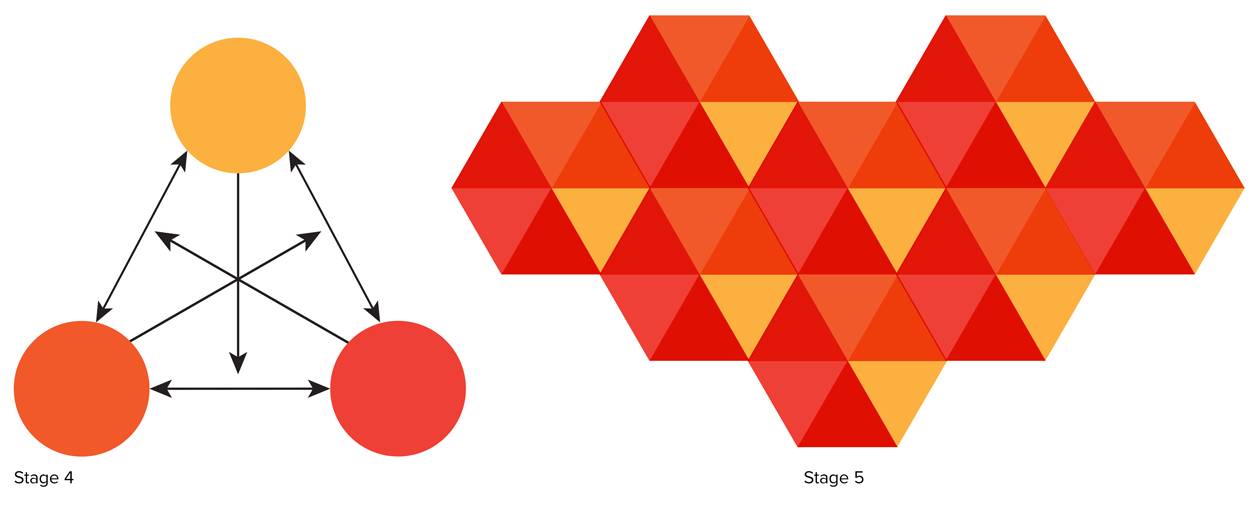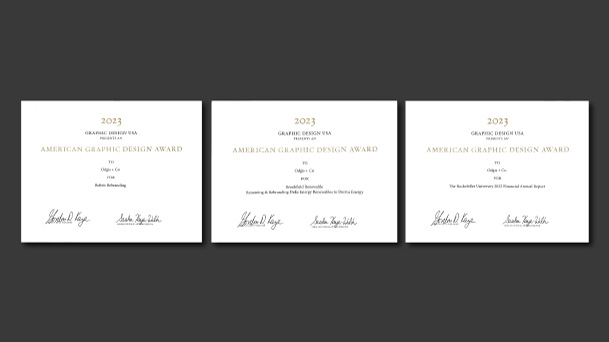Tribal Leadership: Culture & Your Brand | Odgis + Co
Huffington Post
7/23/2015
It’s no secret that the majority of employees are disengaged from their jobs, which presents a problem for managers and executives who want to effectively execute on their strategies. At the root of that disengagement is an absence of corporate culture.
On July 14, Mark Taylor, international speaker and trainer, spoke with New York Chapters 6 and 4 of the Women Presidents’ Organization about defining culture, which—in its best manifestation—can act as the fuel that drives employees to new heights of productivity.
Only 14 percent of the workforce is truly engaged in their work, Taylor said. Another 29 percent act with some purpose, while a full 57 percent are merely burning time until they switch jobs or retire. The solution for motivating employees rests on an effective culture that instills everybody with core values and dictates where the company as a whole will go. If implemented correctly, core values bring your brand to life.
Such a culture is the result of fearless searching, a long period of development, and a deep understanding of your brand’s authentic core values. The process of creating it requires collaboration and discussion between executives and employees, who must all exhibit a willingness to share. From a management perspective, these core values can help decide which employees to reward, promote, or let go.
Taylor touched on what he calls the five stages of relationships with a company. To him, businesses are very much like tribes, with employees aligned by similar interests:
Stage 1: “Life Sucks”
In which despairing employees demonstrate hostility and do their best to undermine the company’s processes. This can lead to workplace violence.
Stage 2: “My Life Sucks”
Defined by apathy on the part of employees; they’re ineffective, disconnected, passive, and living with a victim mentality.
Stage 3: “I’m Great, and They’re Not”
Employees are confident, competitive, and egotistical in this stage. However, a truly collaborative culture hasn’t taken firm hold; employees have a tendency to act like lone warriors.
Stage 4: “We’re Great, and They’re Not”
There’s tribal pride, and a communal sense that the company’s work is important. The perfect paradigm is the Triad, a group of 3 peers who work together to make things happen.
Stage 5: “Life is Great”
Employees have a vital and healthy relationship with the company, along with a sense of wonderment over what they manage to accomplish in both the short- and long-term. Employees at this stage have a larger goal of benefitting the world. When multiple Triads are working together a penultimate world changing situation can happen.
By aligning employees with the company’s core values, an executive can elevate everybody from 3 to 4, and perhaps even from 4 to 5. But it all hinges on brand core values, alignment, mentorship, and discussion: Language creates reality.
When people don’t feel as if they’re part of an organization, they don’t communicate and tend to isolate themselves. But when they interact as equals, based off authentic values that are clear to everybody, the company becomes a living manifestation of brand culture. That’s why, as Taylor likes to say, culture eats strategy for breakfast.
Tribal Leadership: Leveraging Natural Groups to Build a Thriving Organization is a #1 New York Times Bestseller by Dave Logan, John King, and Halee Fischer-Wright that describes the results of an organizational… More Wikipedia, Published: January 22, 2008?
Tribal Leadership: Culture Governs Your Brand article by Janet Odgis, originally posted to the Huffington Post Blog see it here.
On July 14, Mark Taylor, international speaker and trainer, spoke with New York Chapters 6 and 4 of the Women Presidents’ Organization about defining culture, which—in its best manifestation—can act as the fuel that drives employees to new heights of productivity.
Only 14 percent of the workforce is truly engaged in their work, Taylor said. Another 29 percent act with some purpose, while a full 57 percent are merely burning time until they switch jobs or retire. The solution for motivating employees rests on an effective culture that instills everybody with core values and dictates where the company as a whole will go. If implemented correctly, core values bring your brand to life.
Language Creates Reality
Such a culture is the result of fearless searching, a long period of development, and a deep understanding of your brand’s authentic core values. The process of creating it requires collaboration and discussion between executives and employees, who must all exhibit a willingness to share. From a management perspective, these core values can help decide which employees to reward, promote, or let go.
Taylor touched on what he calls the five stages of relationships with a company. To him, businesses are very much like tribes, with employees aligned by similar interests:
Stage 1: “Life Sucks”
In which despairing employees demonstrate hostility and do their best to undermine the company’s processes. This can lead to workplace violence.
Stage 2: “My Life Sucks”
Defined by apathy on the part of employees; they’re ineffective, disconnected, passive, and living with a victim mentality.
Stage 3: “I’m Great, and They’re Not”
Employees are confident, competitive, and egotistical in this stage. However, a truly collaborative culture hasn’t taken firm hold; employees have a tendency to act like lone warriors.
Stage 4: “We’re Great, and They’re Not”
There’s tribal pride, and a communal sense that the company’s work is important. The perfect paradigm is the Triad, a group of 3 peers who work together to make things happen.
Stage 5: “Life is Great”
Employees have a vital and healthy relationship with the company, along with a sense of wonderment over what they manage to accomplish in both the short- and long-term. Employees at this stage have a larger goal of benefitting the world. When multiple Triads are working together a penultimate world changing situation can happen.
By aligning employees with the company’s core values, an executive can elevate everybody from 3 to 4, and perhaps even from 4 to 5. But it all hinges on brand core values, alignment, mentorship, and discussion: Language creates reality.
When people don’t feel as if they’re part of an organization, they don’t communicate and tend to isolate themselves. But when they interact as equals, based off authentic values that are clear to everybody, the company becomes a living manifestation of brand culture. That’s why, as Taylor likes to say, culture eats strategy for breakfast.
Tribal Leadership: Leveraging Natural Groups to Build a Thriving Organization is a #1 New York Times Bestseller by Dave Logan, John King, and Halee Fischer-Wright that describes the results of an organizational… More Wikipedia, Published: January 22, 2008?
Tribal Leadership: Culture Governs Your Brand article by Janet Odgis, originally posted to the Huffington Post Blog see it here.



